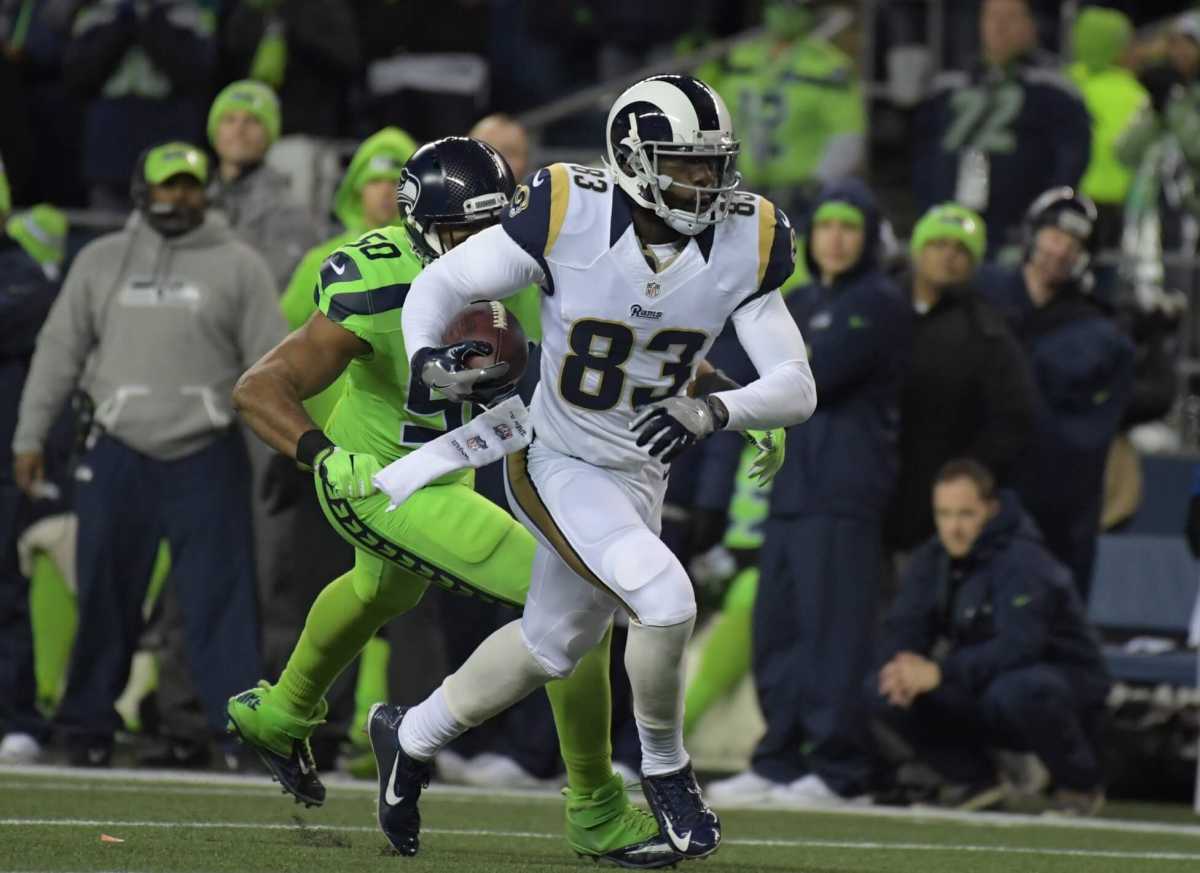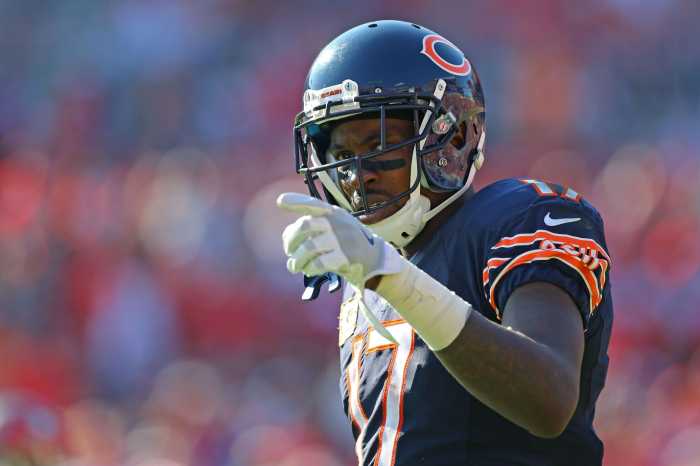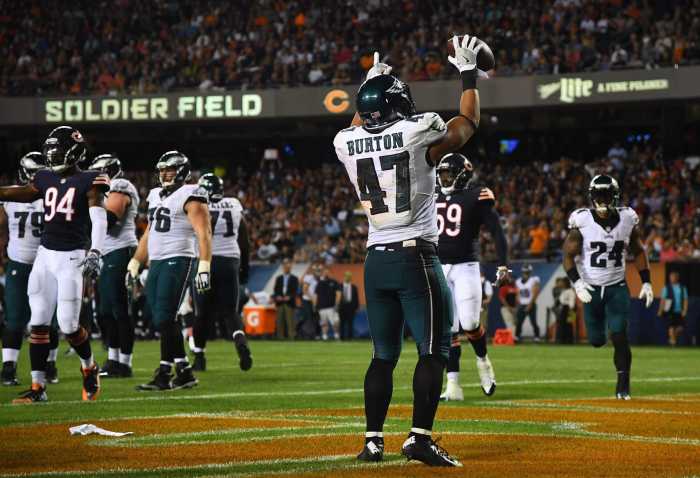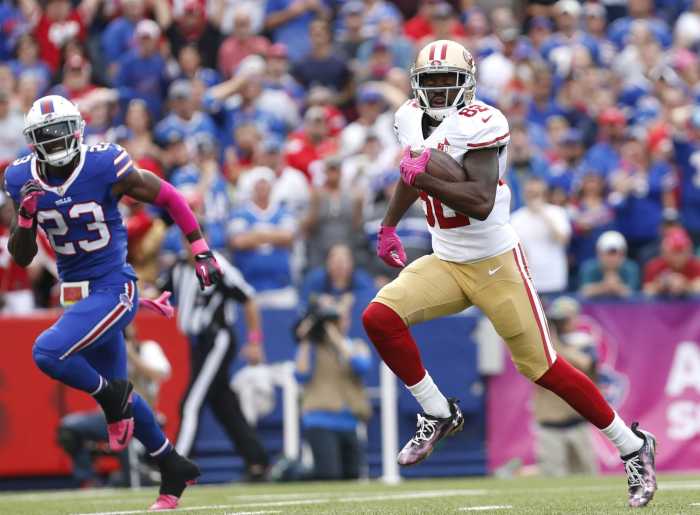Free agency is rapidly approaching and with it comes a plethora of rumors and links between the Eagles and wide receivers. From DeSean Jackson to Torrey Smith, the reports keep coming and the speculation over how the Eagles will address the burning need for a playmaker continues to build. One of the more under-the-radar impending free agents however, is Rams wide receiver Brian Quick.
The 27-year old was drafted 33rd overall four years ago and when you look at his size, it’s easy to see why. At 6’3 and 218 pounds, Quick was still one of the Rams biggest built receivers this season. However, the small school wonder has been somewhat disappointing since entering the league. With just 64 catches for 935 yards and seven scores coming into the season, this season was regarded as do-or-die by many for Quick.
With now Eagles WR Coach Mike Groh coaching him along, Quick flashed the potential that the scouts believed him to have back at Appalachian State..a testament to Groh’s ability to develop talent. Career highs in receptions, yards and 3 touchdowns saw Quick establish himself in a dire Rams Offense..but was it enough to sway the Eagles into taking a plunge? It’s time to dive back into the Free Agency Film room with our checklist to determine whether or not the Eagles should add the 27-year old to their shopping list.
Getting off the line:
A 4.55 40-yard dash time is something that maybe defines Quick. The physical receiver has all the makings of a dominant possession wideout, but doesn’t have the burst or speed to create separation at the line consistently. Quick’s skill set sees him play in a way many “hope” Dorial Green-Beckham will one day reach.
While he may lack speed, his sheer strength is a vital attribute that helps him get off the line cleanly. Being able to push past corners in man-coverage as we can see below, Quick is able to weather the storm and use his core to beat defenders at the line.
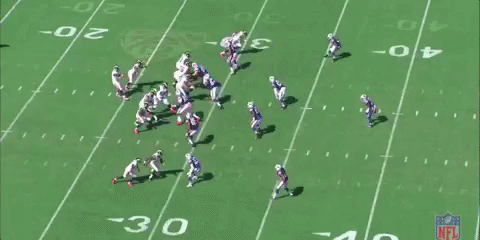
Speed doesn’t win the entire battle and it’s something Quick is very much aware of. What he does possess is a great ability to break on short routes. Pumping the break just a few steps in on the play below, Quick is able to create enough separation for a “quick” pass over the middle.
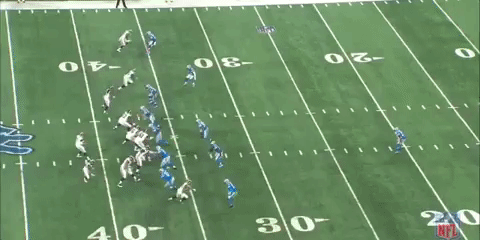
On this 5-yard touchdown against the Cardinals, Quick motions outside and gets up close and personal with the cornerback. His size enables him to almost become part-barrier as he shields the ball with his left arm, keeping the corner at bay while using his right hand side to bring the ball in for a tough catch. The quick fade is an interesting route to watch with any receiver, but the way Quick relies on his body to make plays as opposed to quick footwork or elusiveness brings an interesting element to the table.
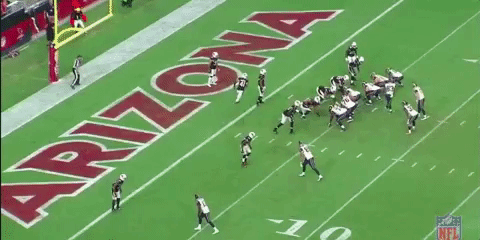
The only problem is that Eagles receivers struggle to get off the line cleanly as it is. Quick’s incredible size for the position is arguably his biggest strength and it shows when it comes to getting off the line. Quick isn’t consistent enough with his release to scare the more intimidating corners in the NFL, but it’s rare to see him get jammed as smaller defensive backs stray away from initiating contact with such a physical player. Quick’s release certainly isn’t his most consistent attribute..but it isn’t unreliable either.
The Stem:
I expected dominating the stem of the route to be one of Quick’s more impressive attributes. Instead, I was left a little surprised. One of Quick’s biggest games of the year came against the Cardinals, but it wasn’t without ups and downs. On this route, Quick does a great job of getting to the outside after a juke, but ends up being pushed off the route, disrupting the timing and allowing Peterson to cover the top with ease. For someone as strong as Quick to be bounced off the route like that is eyebrow raising.
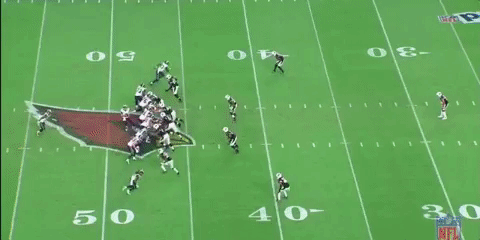
It wasn’t the only time that this happened however. Quick quite literally ran into the cornerback on this play before cutting on a comeback route. The route-running was raw and as a result saw the timing completely broken off on the play-action look.
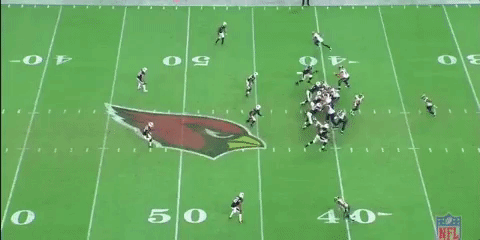
It’s interesting that staying on the route (the stem) was something that continuously stung Quick given his frame. The question became at this point of breaking down the film, does it hurt his ability to break and separate?
Separation:
Although he wasn’t targeted on this play, it shows the fluidity of movement that Quick can bring to the table. Working out of the slot, he’s able to graze past a defender before cutting underneath the single Safety, drawing him away in a zonal look and creating separation.
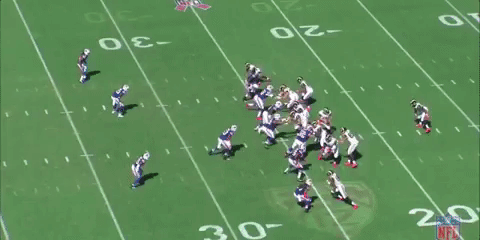
One of Quick’s most impressive routes came against Janoris Jenkins. The Giants corner was left reaching after a stunt saw Quick stream past with no issues. It’s this ability to pump the brakes that we saw earlier that enables him to still give cornerbacks a hard time, just as he did on this deep completion.
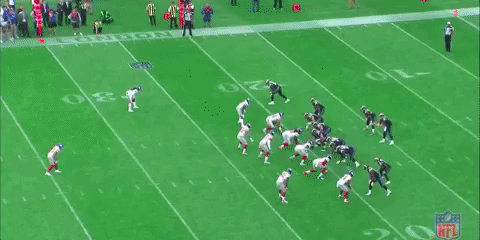
Quick showed great hips on this out route completion, a play that could well feature in the Eagles playbook often next season. His speed when changing direction gave him an open lane for Keenum to slot the ball into for the easy completion.

However there are times where his lack of speed can hurt his separation. Later in the game, the Rams attempted a flea-flicker pass. While the routes were supposed to start off light and suddenly pick up in intensity to catch the Defense off guard, Quick doesn’t have the speed to take advantage of the single safety or win his matchup. Instead, the Giants corner is able to cover the top of the route with ease, not worrying about the cut underneath and go on to break up the pass.
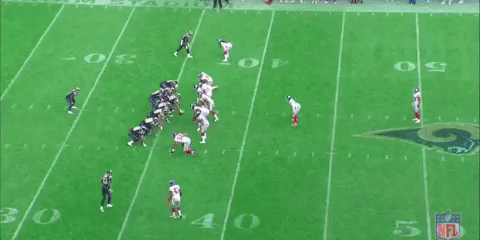
Depending on the route, Quick has the potential to flash what many believed to be his greatest asset coming out of College. But at other times, his lack of speed hurts his ability to get to the second level or fully create separation against a corner without giving him a window to recover.
Catch radius/Effort:
Quick’s catch radius is something that speaks for itself, given his size. It can be seen on most passes he caught this season, but there are times where his size works against him if he misses easy passes.
His first touchdown against the Cardinals was one that demonstrated both YAC (we’ll get to that later) and his catch radius. Making a tough completion in traffic on an out route, Quick ensures he’s in front of the receiver before reaching out for the grab and spinning the corner off of his back.
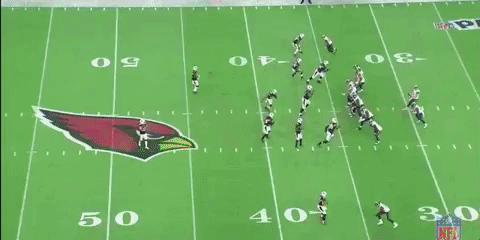
Against the Bills, Quick also demonstrated an ability to make those tough, contested catches. Using his body to secure the pass, he shielded the oncoming hit and made sure that the chains moved deep into enemy territory. It’s this kind of security that is craved by the Eagles.
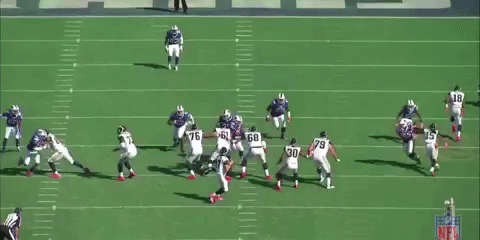
Keenum under threw a wide open Quick on this pass, but the receiver made the adjustment to catch away from his body on his back shoulder before turning and forcing those extra yards. It’s the instinct to turn and push for more which really stands out in Quick’s game.
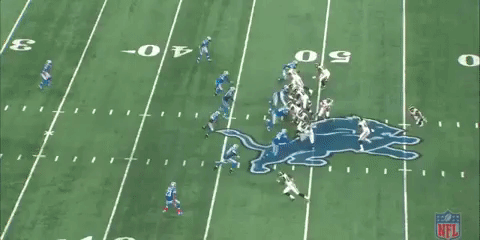
His effort is something that simply can’t be overlooked. Even on an incompletion that sailed over the 6’3 receiver, Quick leapt up and extended his arm in order to try and snag the ball out of the air. The pass was unsuccessful, but the intent to go up and grab it, turning his back to the corner was certainly there.
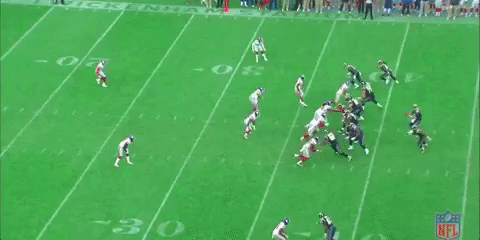
The same could be seen later on the game as he used his size once again to pull a pass out of the air. What stands out however is that as he’s careering toward the sideline, Quick turns his body to trip and tiptoe his way down the sideline for more yardage. Unfortunately he carried too much momentum into the catch, but again it’s that will and desire to push for extra yards each time..which brings us very nicely to our final criteria.

YAC:
Quick averaged 4.3 yards after the catch this season, 0.8 yards more than Jordan Matthews and 1.2 yards more than Nelson Agholor. A combination of size and Matthews’ esque’ effort is what makes Quick so effective in comparison. Checkdowns simply aren’t in his gameplan and every play will be pushed to its fullest potential. Running through the tackles and using his strength to stiff-arm opponents, Quick is always a threat to move the chains in tight situations.
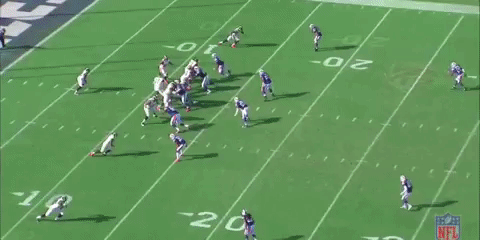
Whether it’s a short pass over the middle, a deep route or a simple checkdown like the one below, good is never good enough for Quick..who will always turn and try to push for those extra chunks of grass.
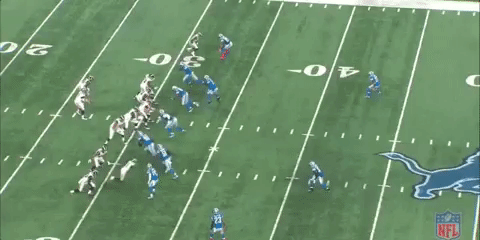
Screen passes? Consider them done. The Eagles tried avidly to get the screen game working in 2016 but it was largely inconsistent. A receiver as powerful as Quick could really help open that aspect of the game. The Eagles also haven’t had a blocking receiver since Riley Cooper and have missed that presence on special teams and in opening up a zonal run game. It’s something that Quick could re-add to the fire.
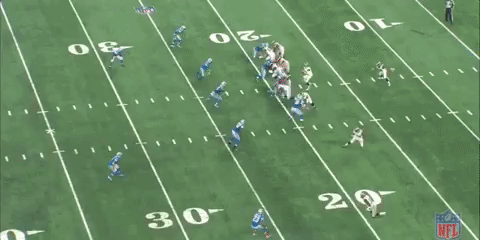
Conclusion:
Quick has never really lived up to the expectations placed on his shoulders back in 2012, but the closest he came to doing so was under current Eagles WR Coach, Mike Groh. A sense of familiarity and an Offense that seems almost a perfect fit for a big-bodied receiver who will contribute in numerous facets could entice Quick to venture to the City of Brotherly Love.
Quick is likely to stay under-the-radar with the likes of DeSean Jackson, Alshon Jeffery and Pierre Garcon stealing the free agency headlines, rendering him a much cheaper option for the Eagles, who have already shown a tendency to look for “low-risk, high-reward” players.
If Quick is available at a cheap price, the Eagles would be behooved to at least offer him a prove-it deal, much like they did with Reuben Randle. The effort is clearly there and the physicality is something that is still present four years later. He may not be as flashy as DeSean Jackson or have the upside of Kenny Stills, but Quick could come in and make an immediate impact..which is what the Eagles need.
Mandatory Credit: Kirby Lee-USA TODAY Sports

